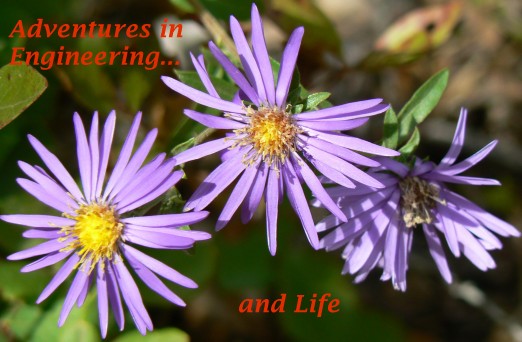 My wife (who finds the most interesting things for us to do) signed us up with a group taking pictures at the Manomet Center for Conservation Sciences and specifically at the bird banding program. You get to watch as the staff prepare to release the birds after they have been banded and also to accompany some of them as they retrieve the birds from the mist nets that are strung throughout the forest surrounding the center. It's quite an amazing place and I never knew it existed. In this post, I'll show pictures of the birds we saw. My next post will show some of the behind the scenes pictures.
My wife (who finds the most interesting things for us to do) signed us up with a group taking pictures at the Manomet Center for Conservation Sciences and specifically at the bird banding program. You get to watch as the staff prepare to release the birds after they have been banded and also to accompany some of them as they retrieve the birds from the mist nets that are strung throughout the forest surrounding the center. It's quite an amazing place and I never knew it existed. In this post, I'll show pictures of the birds we saw. My next post will show some of the behind the scenes pictures.The first bird, in the upper right picture, is a young Catbird. We saw more Catbirds that day than anything else. We also saw more young birds than anything else, too. It was explained to us how the birds learned where the nets were and were smart enough to stay out of them after a while.
The next bird, on the left side, is a young Tufted Titmouse. These are found around bird feeders all the time and they mostly stay through the winter. I have a nice picture of an adult Tufted Titmouse I took in the woods behind our office and I'll post that picture some other time. Notice that the crest you normally see on these birds isn't as prominent. That was one of the clues that this was a juvenile.
 The next bird is a juvenile or female (they told us which but I forgot) Common Yellowthroat. A mature male Yellowthroat would have a dark mask over its eyes. You can start to see a pattern to how the birds are being held. One thing you should know is that just anyone should not try to hold a bird like this. People who handle birds like this must be specially trained and certified. Otherwise, the bird could be hurt or so badly stressed that it hurts itself. All of these birds, while not happy to be held like this, were safe and were later released unharmed. At no time were any of the photographers allowed to hold the birds. Only the trained staff held the birds while we snapped photos.
The next bird is a juvenile or female (they told us which but I forgot) Common Yellowthroat. A mature male Yellowthroat would have a dark mask over its eyes. You can start to see a pattern to how the birds are being held. One thing you should know is that just anyone should not try to hold a bird like this. People who handle birds like this must be specially trained and certified. Otherwise, the bird could be hurt or so badly stressed that it hurts itself. All of these birds, while not happy to be held like this, were safe and were later released unharmed. At no time were any of the photographers allowed to hold the birds. Only the trained staff held the birds while we snapped photos.The next bird is a Red-eyed Vireo. Yes, once again, it's a juvenile. You can tell because the eyes are not really red. They are brown in this young guy. This bird was quite active and the handler had to keep shifting his grip to keep the bird safe yet visible to us. So, not being the best photographer, I wasn't able to stay in focus for long and this picture is the worst of the bunch. But it is challenges like this that make us better photographers.
The final bird in this post is our state bird, the Black-capped Chickadee. Named for its call, I love these little fellows. They are always so active and also stay around all winter. For all the Chickadees I've photographed over the years, this is the sharpest picture I've ever taken because it wasn't hopping around all over the place.
As I said before, my next post will show some behind the scenes photos as well as a bit more information about the Manomet Center for Conservation Sciences.





No comments:
Post a Comment